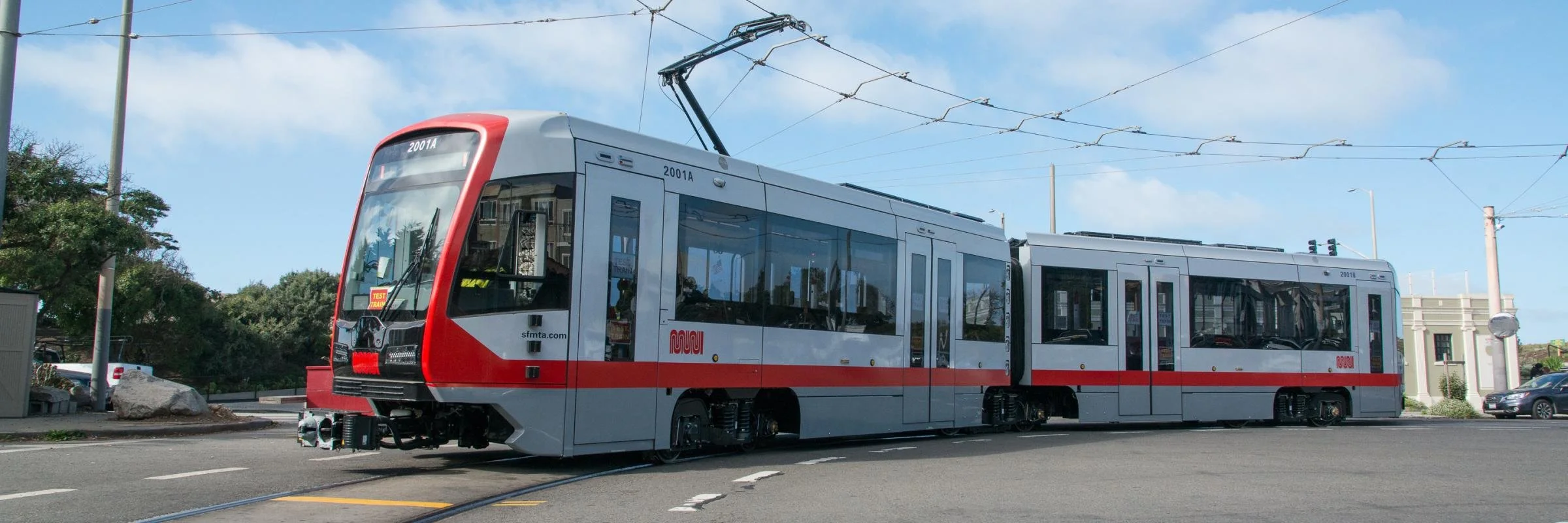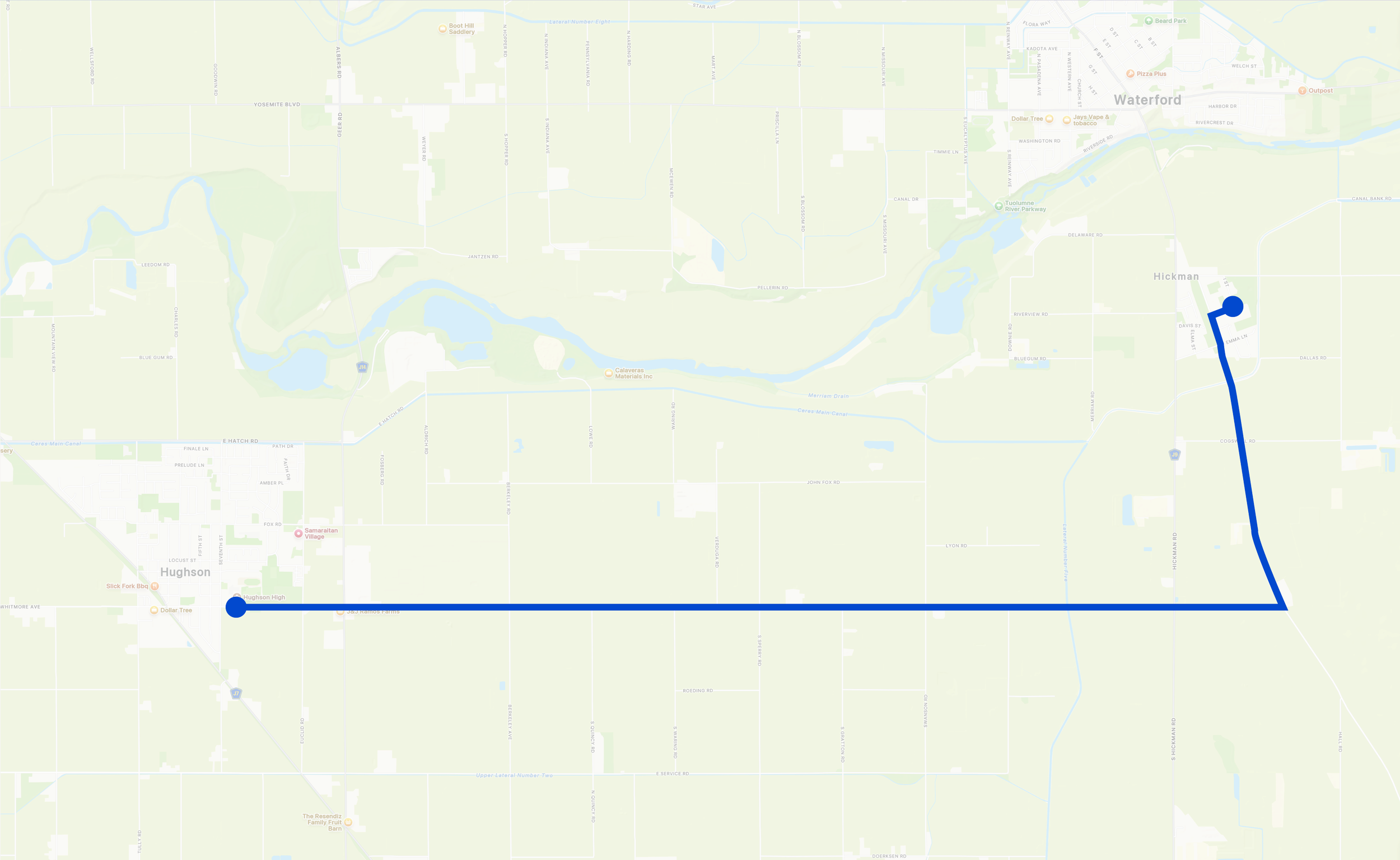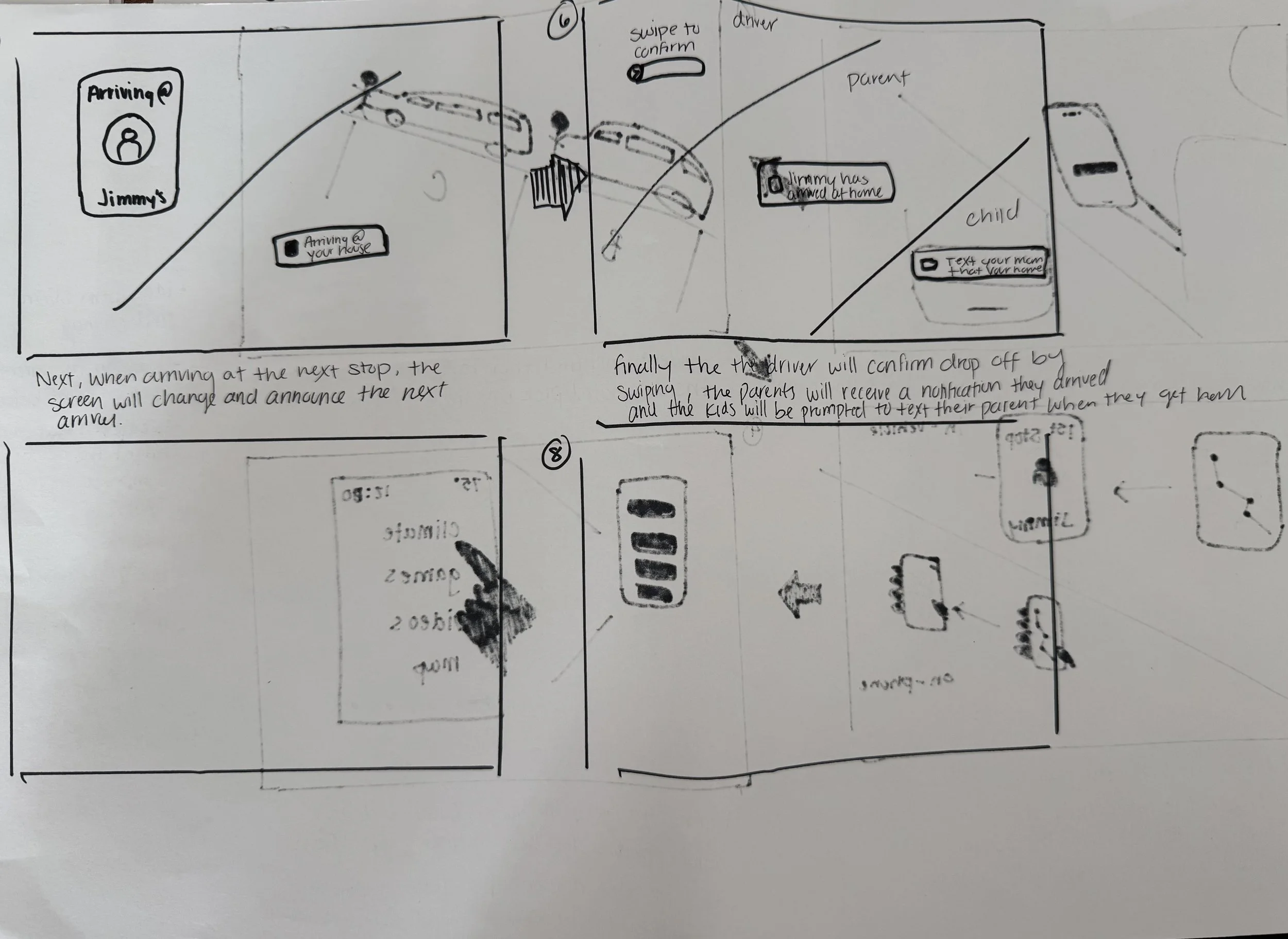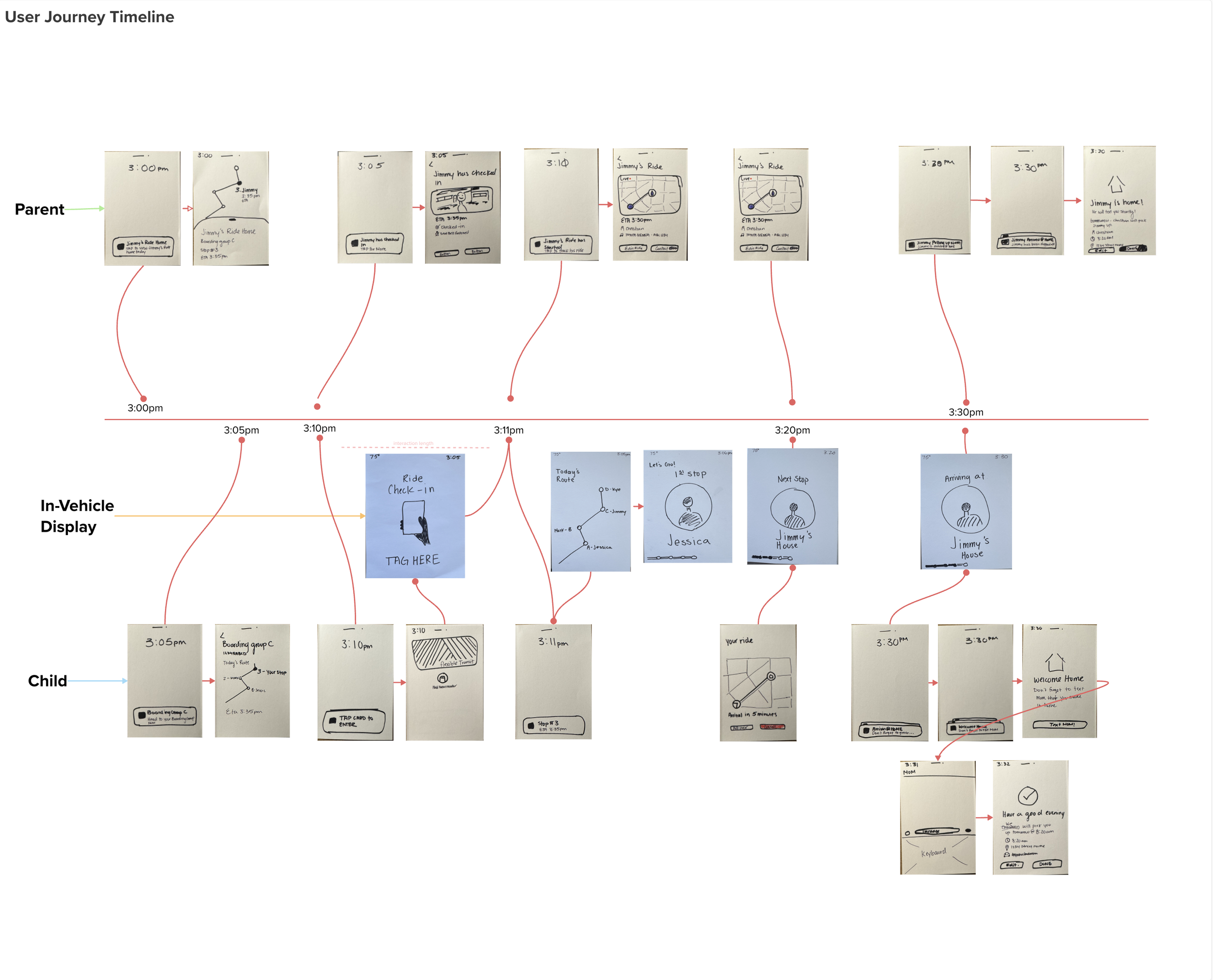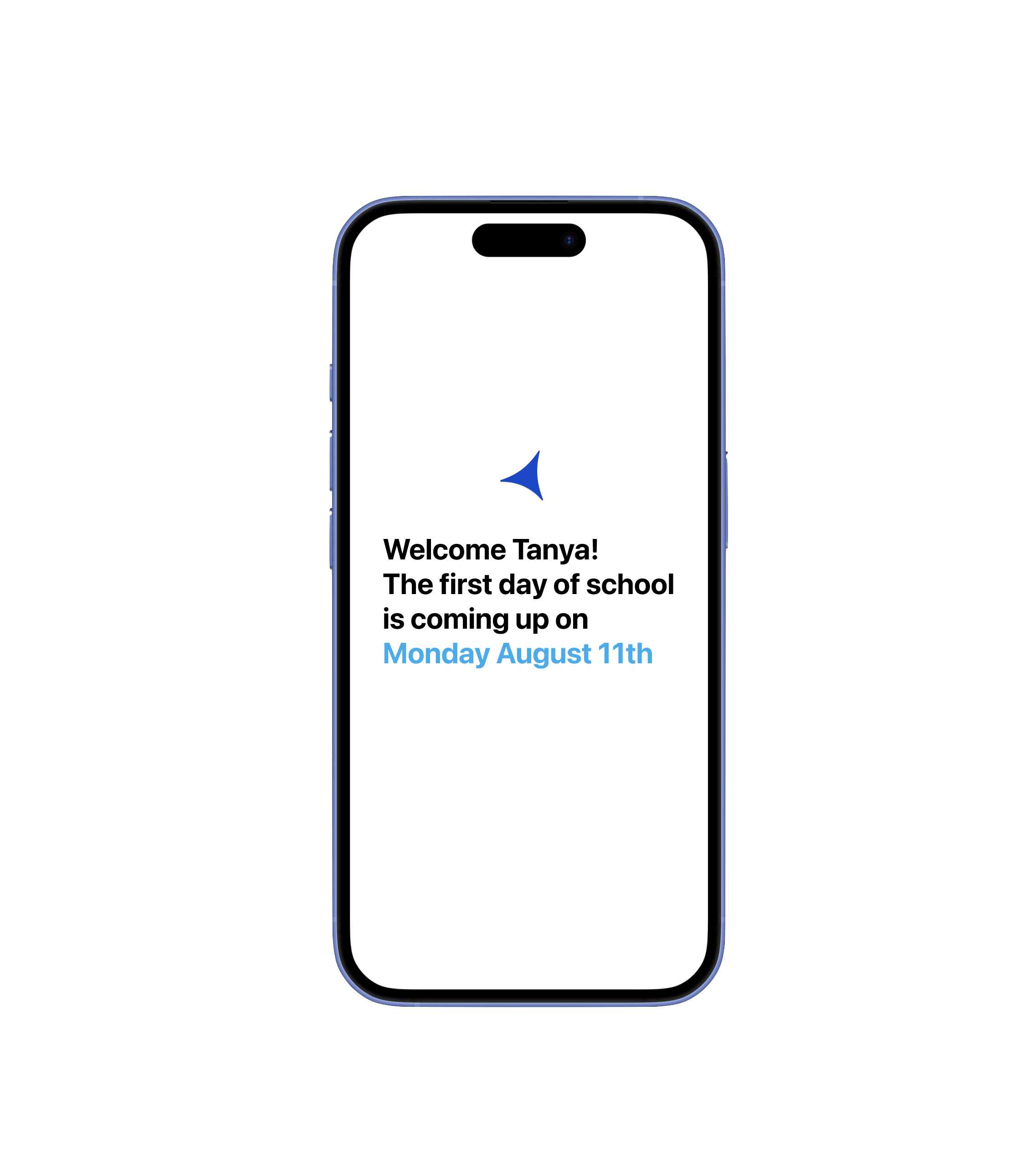Future of Mobility
In partnership with UNICEF Office of Innovation
My Role
Product Designer
Duration
January 2025 - August 2025
Responsibilities
Research
Speculative Design
Prototyping
Usability Studies
Tools
Pen
Paper
Figma
After Effects
Google Workspace
Solution
A school transportation solution designed to utilize autonomous vehicles and ride sharing to give parents and students more flexibility when scheduling rides to and from school.
Problem
In the United States, school transportation is lacking for students whose parents work overnight or shift work. These students often have to rely on alternative means of transportation, such as walking, biking, or relying upon their friends or other family members to get them to school on time.
Goal
How might we alleviate the pressure on parents working overnight or off-hour shifts to ensure their children have a safe and reliable way to get to school daily? To make transportation accessible for all students.
Prompt
Develop emerging scenarios and solutions for mobility to benefit children's inclusion and development
Project Overview
Understanding the User
To better understand the user, I started with user research specifically desk research around different modes of transit there were and were emerging for children to get around their city.
Desk Research Findings
There are many rideshare services emerging in different cities that are provided by municipalities. There is a service in Palo Alto that costs $1 for children to ride and the service will take them to places like parks, libraries and sports venues. Uber and Waymo launched services for teenagers in other states like Arizona and Nevada. In cities like SF and LA micro transit solutions have been established to provide service in between a bus and rideshare service.
The next type of research that I completed was observational research in the city of San Francisco. I rode a number of different transit lines on the MUNI system to gain a better understanding of how children get around the city.
Observational Research
Muni Bus
I began with riding a Muni bus with other students from nearby schools. On this ride I observed that many students use the bus as a space where they can continue to socialize. Conversations don’t have to end at the bus stop. I also observed that many students utilizing the route also could have walked quicker to their destination than it took for the bus to arrive.
Muni Light Rail
I rode the Muni L Taravel train from downtown to a more residential part of San Francisco. Here I observed students riding together in a group. Though this group was socializing less, they stuck together on the train because they were from the same school. Students are able to utilize Muni more because it if free for people 18 and under to use.
After observational research I found that school transportation was an area that I could focus my research on solutions on.
Interviews
Next I conducted a number of interview both from former students about their experience on getting to and from school and the interviews with educators in the field.
Interview 1
Tim attended school in Alameda County and had the longest commute of all the people I interviewed. His parents both worked two jobs when John’s family first moved to the US. This meant he needed to get to school and home on his own by walking 20 minutes to a bus stop and then riding 20 minutes to school.
Interview 2
Jessica grew up in a rural community near Modesto, CA. She rode the school bus to high school until she could drive. Every morning the bus would pick her up at 6:30am and she wasn’t the earliest pick up the bus made. Her parents both worked factory jobs that started early and her parents couldn’t take her to school.
Interview 3
Matt grew up in the suburbs of the East Bay. Each day, he would bike 2 miles to school along a major road. This would take 20 minutes each way. However, this ride is no longer possible as the city he lives in has taken out bike lanes to add more driving lanes due to traffic in the area.
Expert Interviews
School Psychologist
Early on, I interviewed a school psychologist when determining how to go about my design process after focusing on school transportation. I was curious about socialization for students at the school, but I was more curious when she spoke about students whose parents are not available to drive them to school each day due to shift work or overnight shifts.
PM at Rideshare Company
This interview was more informational in nature. Learning what day-to-day operations look like in a rideshare company utilizing Autonomous Vehicles. Many questions were met with “we could do that” as there are many trade secrets.
Beginning to Design
I started brainstorming in my journal. I begin most designs with pen and paper before transferring to digital.
User Journey Mapping
Next, I created a user journey map highlighting key touchpoints of the user’s journey.
Low Fidelity Wireframes
I transferred the user journey map into low low-fidelity wireframe sketches for user testing.
The low fidelity wireframes were then used to create a user timeline for both users of the application, parents and children.
Mid-Fidelity Wireframes
After some feedback during inital user testing, I updated the wireframes to be midfidelity digital for test participants to feel that the application is more true to life.
The Final Design
Next Steps
As a speculative design project, UNICEF received the design research, design solution and design materials. They will use it to inform how they appraoch supporting mobility of children worldwide. I will continue to refine the design solution. I will continue to refine the desing of the application and work with industry experets.


